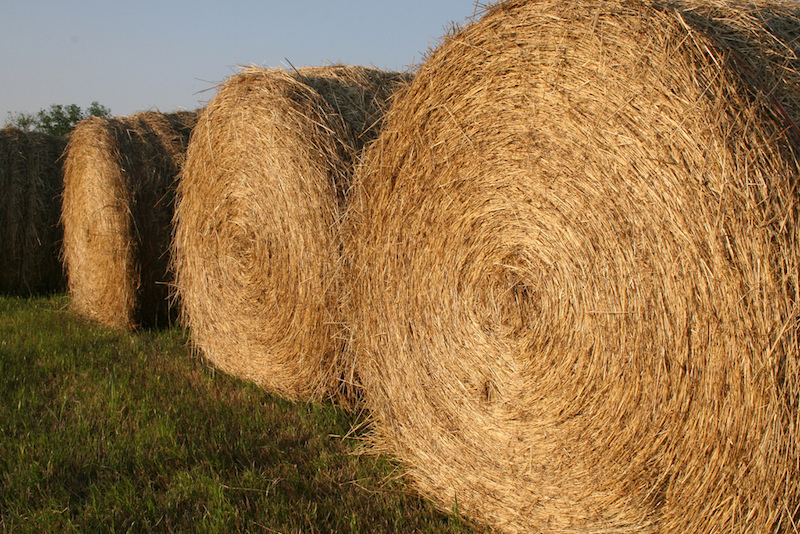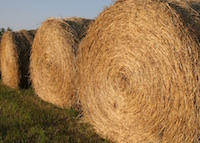While drivers spend extra time in the car in search of fuel during the recent gasoline shortage, farmers are dealing with a more long-term shortage — a low supply of hay for their livestock.
Prolonged drought and a large fall armyworm infestation left many cattle and hay producers “running on empty” at a critical time. Cattle use grass as their fuel to function, so producers are trying to figure out what the next few months will hold and what they can do to get more “gas in the tank” heading into winter.
The weather forecast over the next six to eight weeks will determine much of what happens and what the most successful course of action will be for farmers. In terms of fall armyworms, Georgia is currently experiencing the third and fourth generations of the pest this season and will likely see worms until early to mid-November. They will be gone by the first frost and, once nightly low temperatures drop into the lower 60s Fahrenheit, the worms’ activity will greatly diminish, allowing forage producers some relief.
Many producers are interested in overseeding pastures and hayfields with winter annuals to provide winter grazing material. This is even more critical this year, given that dry conditions reduced hay cuttings and many producers are already feeding their animals hay from this past spring and summer.
While the timing for overseeding crops such as annual ryegrass, oats, rye or triticale is Sept. 1 to Nov. 1, many farmers are planting earlier rather than later. Dry weather and fall armyworms complicate that decision as fall armyworms could come in and eat new seedlings and wipe out that entire planting. Also, with a fall weather outlook of continued dry conditions, farmers may want to take advantage of any rainfall and soil moisture.
If producers want to plant early, having some insurance against fall armyworms is necessary. Commonly used pyrethroid products, like Mustang Max, Karate Zeon or Baythroid, can easily kill worms that are in the field. This can be done at or soon after planting to try and kill any worms already in the field, but this would not provide much residual protection for newly emerging seedlings. To provide longer protection, another option is to use a product such as Prevathon. This insecticide can provide systemic control (inside the plant tissue) of fall armyworms for 30 days or more. This product could be applied after seedling germination at a rate of 10 to 13 oz. per acre. Use enough water to get the product into the root system of the plant rather than just a foliar application. Getting the chemical into the soil and root system will help ensure the chemical is taken into the plant tissue systemically.
As always, careful scouting of fields will allow for the most flexibility in control options, and following pesticide label directions will help ensure product effectiveness and worker safety.








